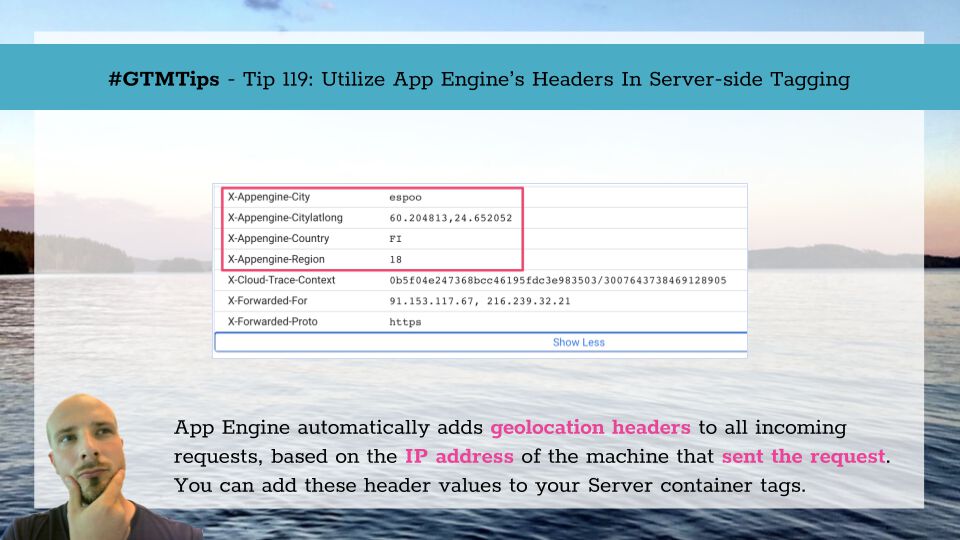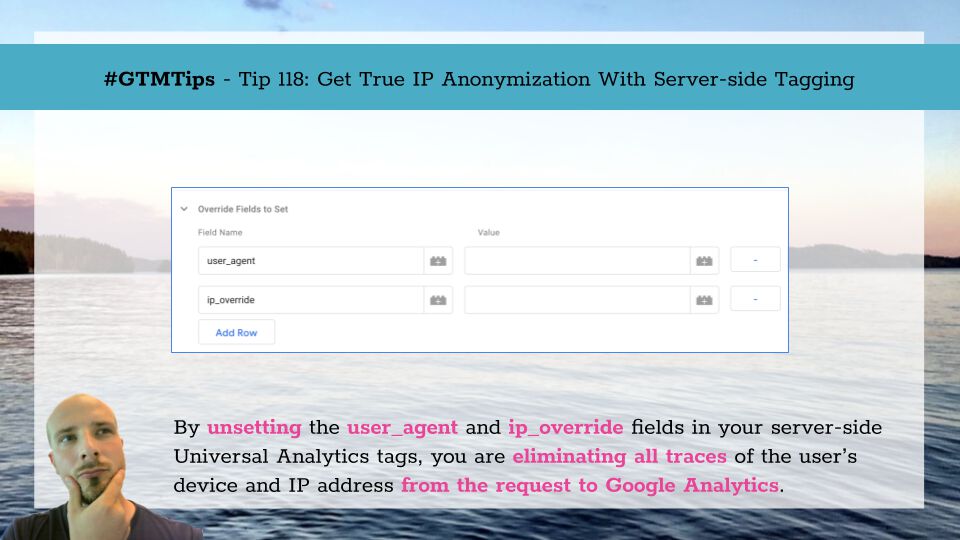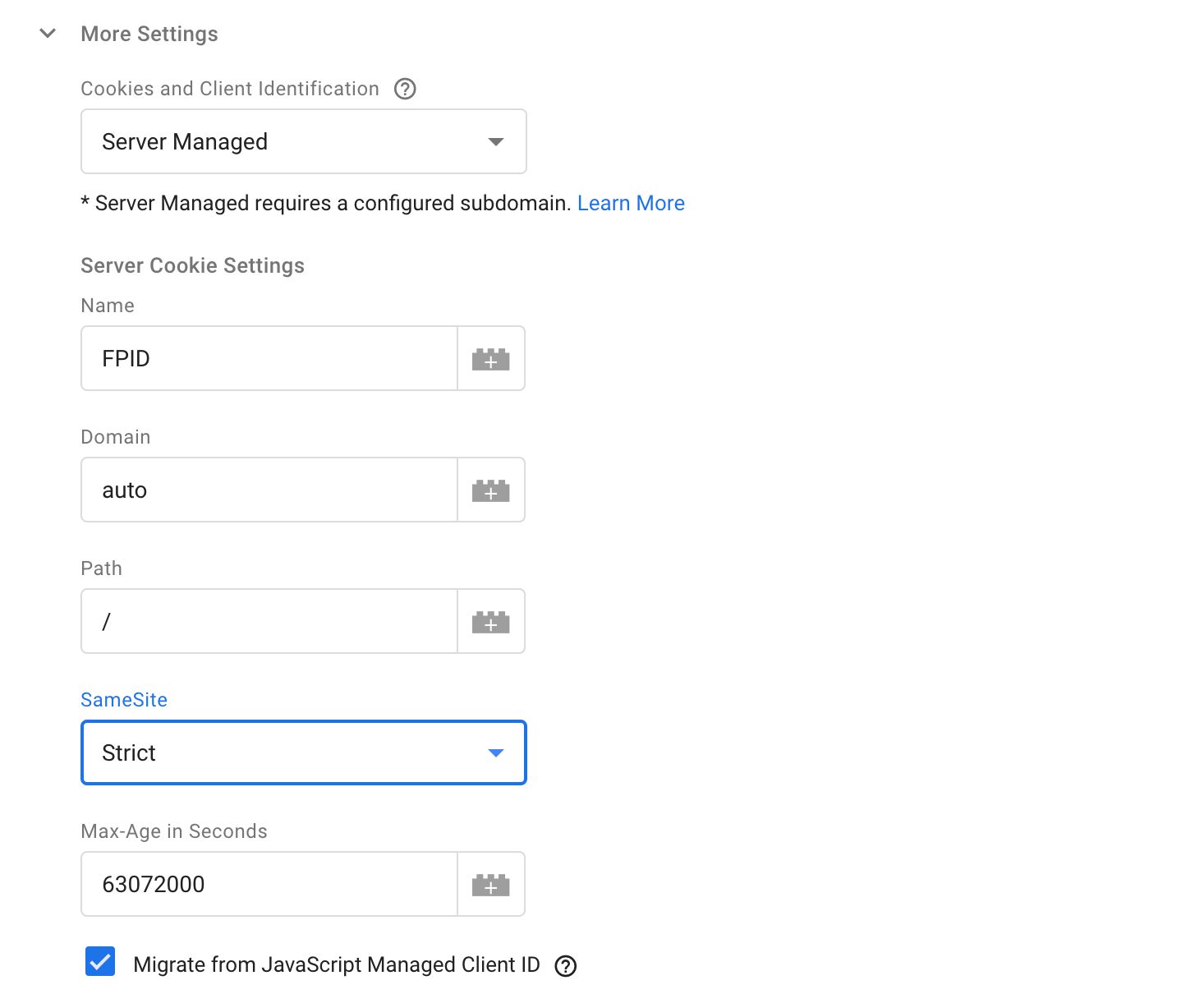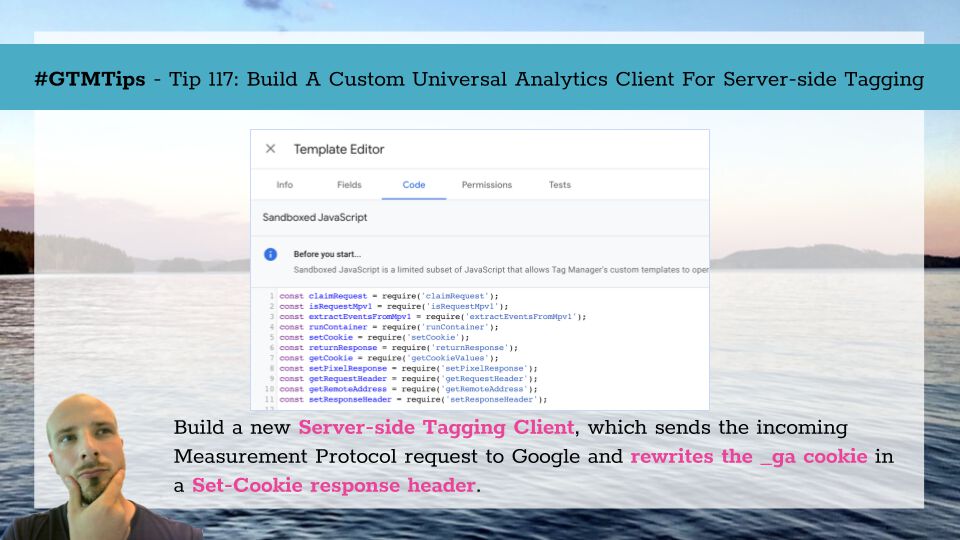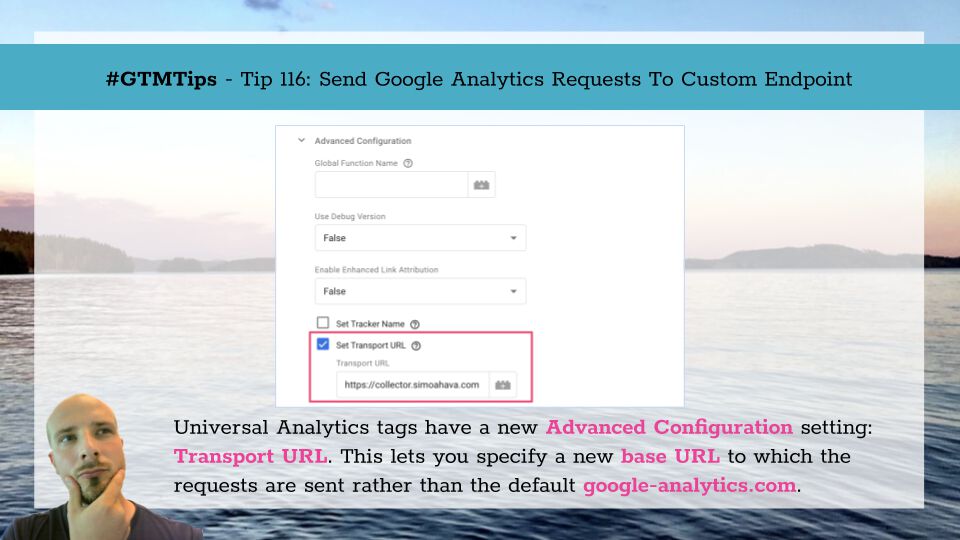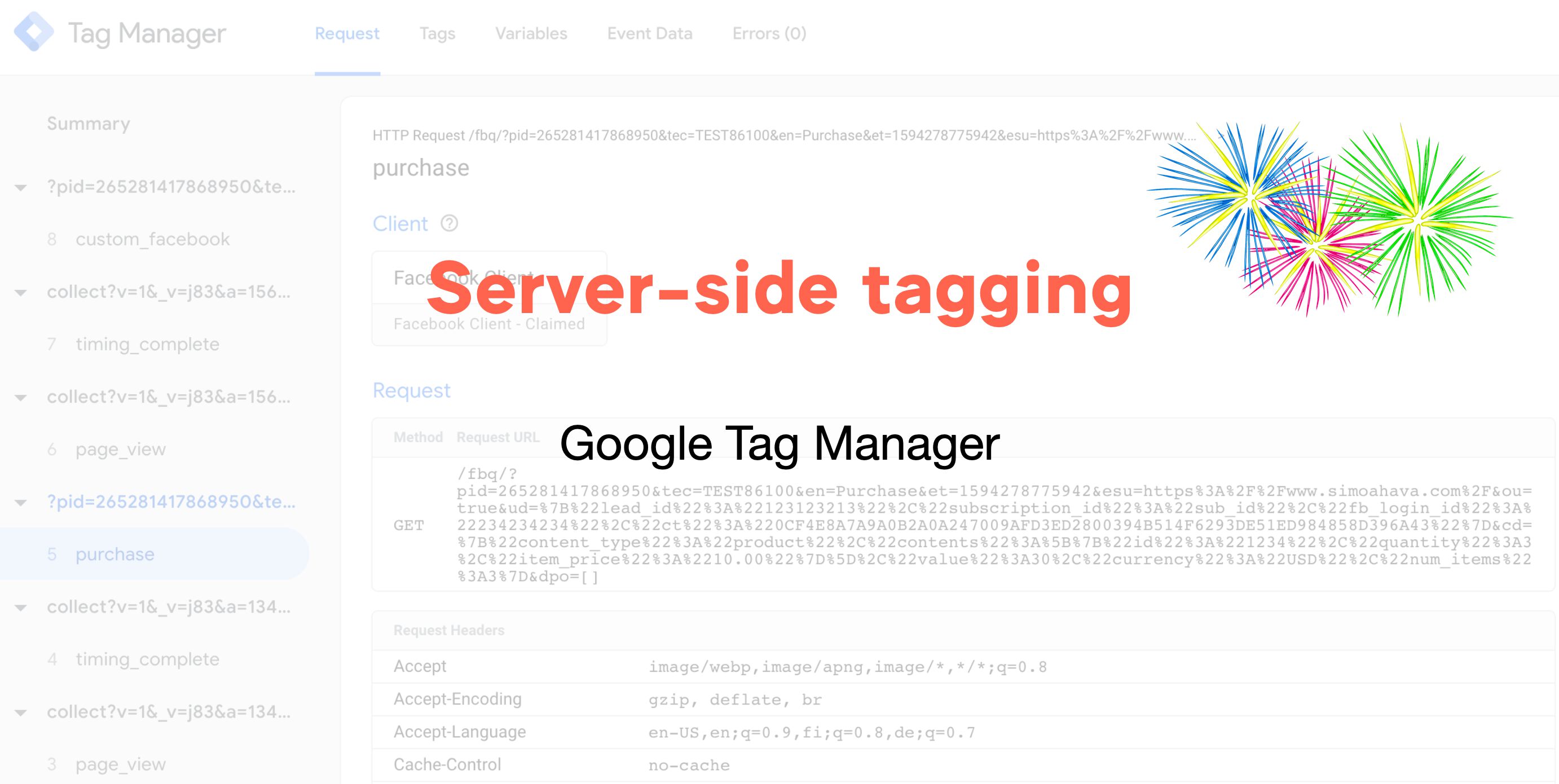When you create a Server container in Google Tag Manager, GTM creates an App Engine deployment in the Google Cloud Platform for you.
App Engine is a managed serverless platform, which basically means it’s a (set of) virtual machine(s) running in the cloud, with some extra bells and whistles added to make managing it easier.
A potentially useful thing that App Engine does is decorate all incoming HTTP requests with some HTTP headers that can be used in the app.
